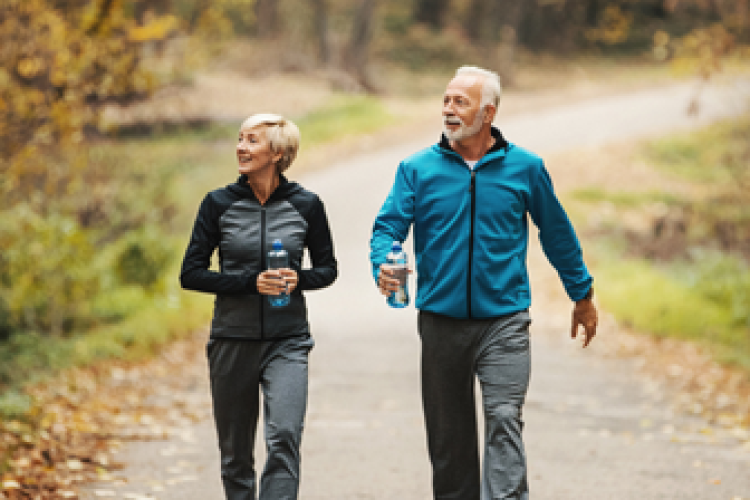Each year, 3 million older people are treated in emergency departments for fall injuries. Falling once doubles your chances of falling again, says Patricia Shea, PT, DPT, MPA, Director of Rehabilitation Services at Montefiore Nyack Hospital. She recommends steps older adults and their families can take to avoid falls and keep them living independently.
More than one out of four older people falls each year, but less than half tells their doctor, according to the Centers for Disease Control and Prevention. One of out of five falls causes a serious injury such as a broken hip or head injury. Many people who fall become afraid of falling again, which leads them to reduce their daily activities. They become weaker as a result, and this further increases their risk of falling.
Fall Risks
Risk factors for falling include:
- Difficulties with walking and balance
- Weakness
- Use of medicines, such as tranquilizers, sedatives, or antidepressants
- Vision problems
- Foot pain or poor footwear
- Home hazards such as broken or uneven steps, throw rugs or clutter
Making Changes in the Home
Falls can be prevented. These are some simple changes you can make in your home to keep yourself from falling:
- Install stair railings. “Railings on either side of the stairs can be especially helpful,” Dr. Shea says.
- Put grab bars in the bathroom. “These should be by the toilet and in the shower or tub,” she says. Also consider a shower seat.
- Get rid of throw rugs. These are tripping hazards.
- Add lighting to rooms, put in brighter bulbs and install nightlights in the bedroom and bathroom. Have a lamp near your bed for when you get up in the middle of the night.
- Declutter. Items on the floor such as boxes, newspapers and electrical cords can easily be tripped on.
- Evaluate how sturdy your furniture is. If you’re unsteady you may grab onto furniture while you walk—is it steady enough to hold you up?
Choose Footwear Wisely
Take a close look at your footwear. Choose sturdy shoes with nonskid soles, and avoid high heels, floppy slippers and shoes with slick soles. “Take as much care choosing your slippers as you do your regular shoes,” Dr. Shea says. Slippers with flat bottoms can increase fall risks. Instead choose slippers with nonskid soles.
In the winter, make sure your boots or shoes have nonskid bottoms. To avoid falling on ice or snow, beware of “black ice,” which is difficult to see. Walk on clear pathways or ones that have been treated with sand or salt. If you find yourself walking on a slippery surface, bend your body slightly forward and take shorter strides or shuffle your feet. When you get out of the car, make sure you won’t be stepping on any icy surface. If it’s icy outside, reconsider whether you really need to make that trip to the store for milk.
Talk to Your Health Professionals
Ask your doctor to evaluate your risk of falling, and what you can do to reduce your risk. Your doctor and pharmacist can review your medicines to see if they may be making you dizzy or sleepy. If you’re taking a diuretic, you may need to go to the bathroom more frequently. If you’re getting up in the middle of the night to go to the bathroom, you may be increasing your risk of falling. This is especially dangerous if you’re also taking a sleeping pill, which can cause you to be disoriented if you wake up in the middle of the night.
Your doctor or a physical therapist can evaluate your need for assistive walking devices such as a cane or a walker. Get a vision checkup at least once a year, and update your eyeglasses if needed.
Exercise Regularly
“Study after study has shown that increasing strength is linked with a decreasing risk of falls,” Dr. Shea says. She recommends exercises that increase flexibility and muscle strength.
“See what classes are offered in your community,” she advises. “Tai chi builds balance and confidence. Yoga increases flexibility. If you don’t think you can do regular yoga, look for a chair yoga class.” Dr. Shea also recommends pool exercises classes, as well as Silver Sneakers exercise programs for older adults.
If you want to come up with an individual exercise program, ask your doctor to recommend a physical therapist, according to Dr. Shea. She says, “A PT can work with you to develop an individualized program that will increase your strength to reduce the risk of falls.”



 Upcoming Events
Upcoming Events



